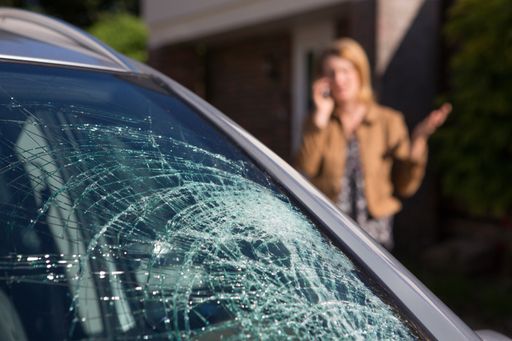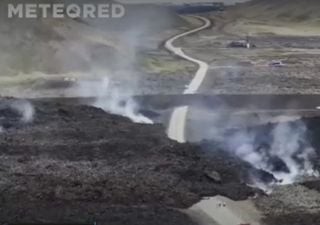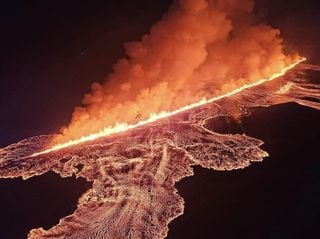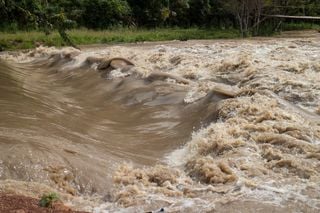Black Sand beach in Iceland, which was once the setting for a famous series, holds a 'hidden danger'
The beautiful beach of Reynisfjara, in the south of Iceland, with its black sand, has already appeared in the famous series Game of Thrones. If you go to visit it, you need to be careful, as it is home to a 'hidden danger'.
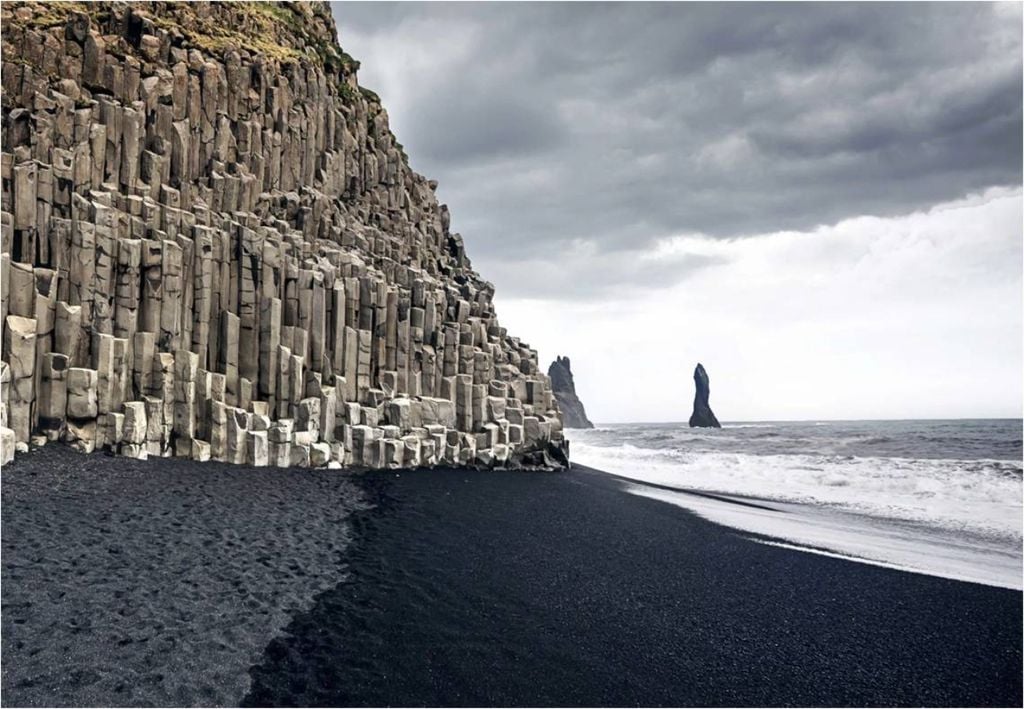
With black sand and a large wall of rocks made from volcanic basalt, Reynisfjara beach, on the south coast of Iceland, is not recommended for bathing in the sea, due to the gigantic waves, or sunbathing, as it is cold there. As well as this, the black sand there is due to volcanic eruptions... and the grains are, in fact, small fragments of basalt.
But despite this, it is frequently visited by tourists and do you know why? Precisely because of the imposing, and even somewhat gloomy, setting, with a foggy climate and black sand.
However, the beach has a deadly reputation: its dormant waves, known in English as 'sleeper waves', pose a great danger to tourists. Read on to see what it's all about.
The danger that the beach represents
Sleeper waves are nothing more than huge waves that are 'hidden' in the middle of the sea and can be deadly.
It's not obvious to notice when they're coming. These waves are known to ‘hide’ among a sequence of smaller waves. So when they finally – and very suddenly – arrive, they come rising quickly and reaching much further up the beach than expected.
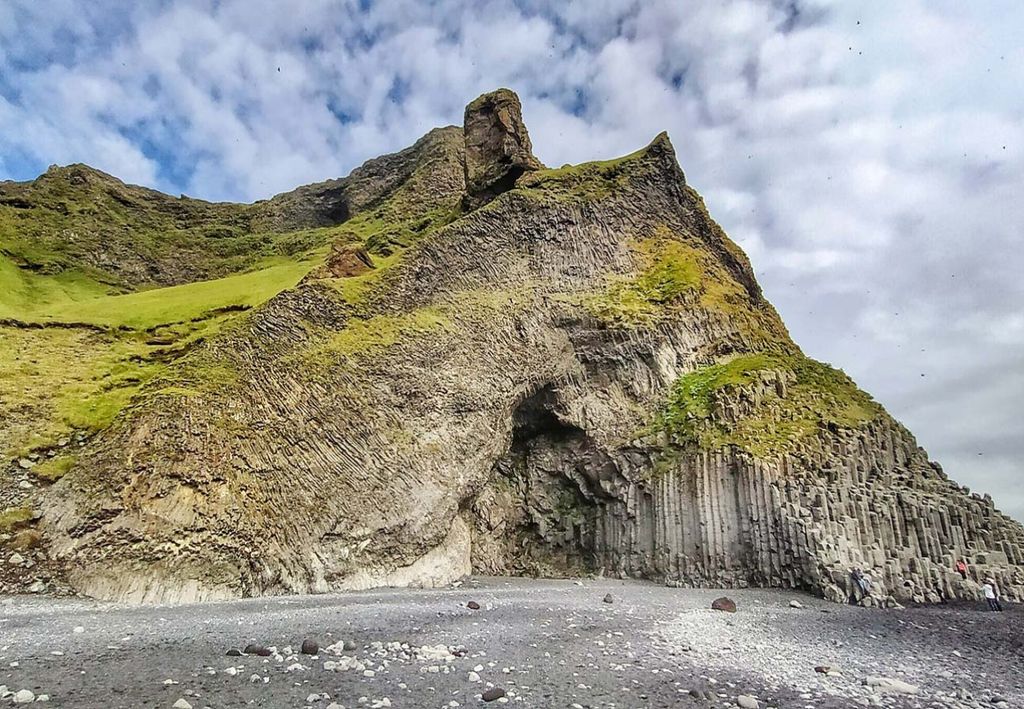
Various alerts can be seen along the beach, indicating the danger levels in each part of it. So whether or not you should enter a specific zone of the beach is determined by a series of traffic light-like lights that indicate the level of danger. The green colour means you can enter the water at that location; The yellow colour indicates that it is not recommended for bathing; and the red colour indicates extreme danger, that is, you should not enter there or go beyond the light signal.
If a person at sea is 'grabbed' by one of these waves, they will be knocked over and will hardly be able to get up and regain their balance again. This is because the wave creates a suction that drags the person out and ‘washes’ the sand and gravel under their feet. The strong current then ends up pulling the bather away from the coast.
That's why they call it one of the most dangerous destination in Iceland. In fact, between 2014 and 2022, 12 serious incidents took place there, and in 5 of these cases, the person involved died.
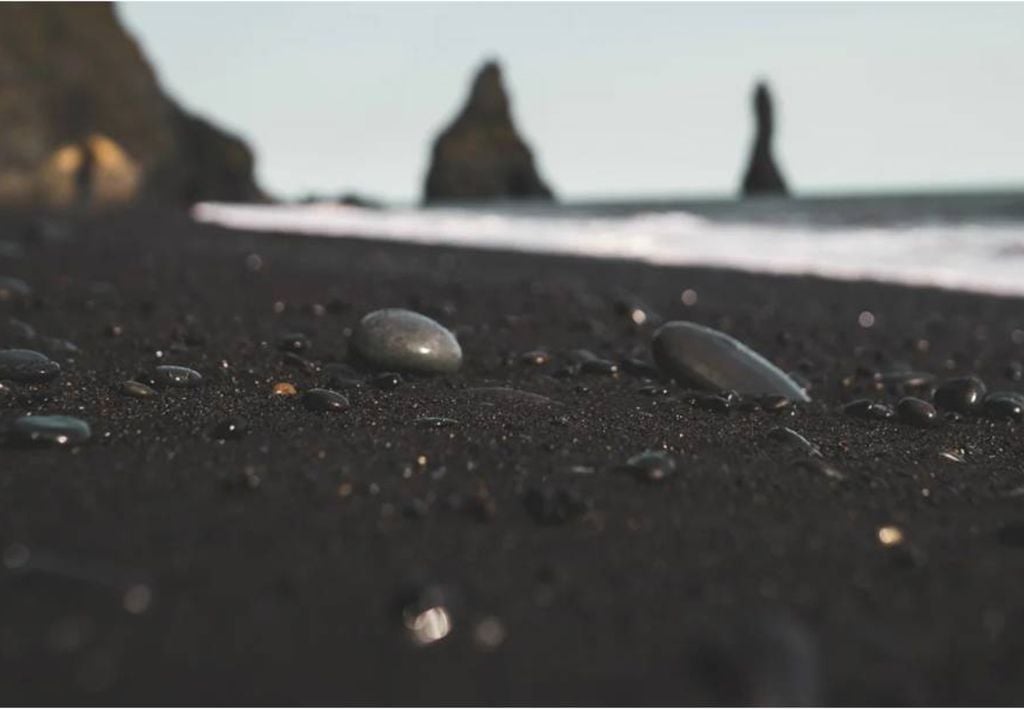
In 2023, a group of tourists went viral after being caught on video standing too close to the shore and almost being swept away by the strong current.
The recommendation is that tourists respect the warnings displayed on the beach and be very careful and careful when entering the sea.
News reference:
IFL Science. “This Black Sand Beach Is One Of Iceland's Most Dangerous Destinations”. 2024.

